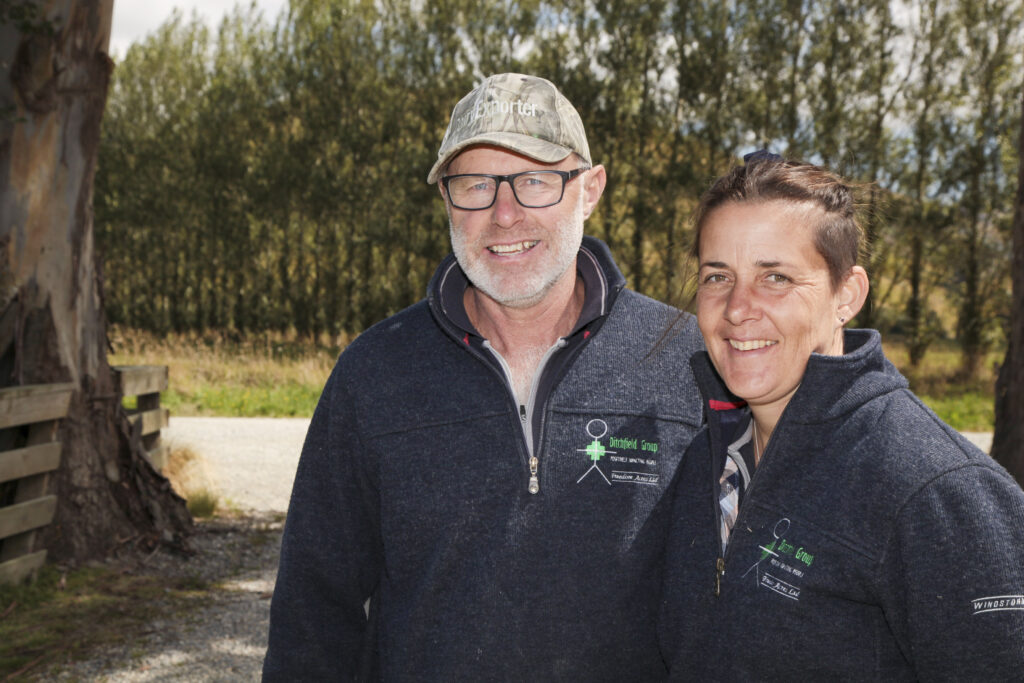Bale grazing hay in winter has multiple regenerative benefits, says Southland dairy farmer Dylan Ditchfield.
Speaking at a DairyNZ farm day held on his farm, Ditchfield said he and partner Sheree Ditchfield embarked on a regenerative approach to farming about five years ago.
There were many regenerative principles farmers could apply on their farm, Ditchfield said.
One such principle was feeding hay bales as wintering practice.
Ditchfield fed out hay bales in paddocks sown to multi-species pasture, which were allowed to grow to above 3000-3500kg/dm/ha.
The high growth was to protect soils. Bales were put out in a grid pattern at a 30 bales/ha density, and spaced 18m apart, he said.
Bales were put out without racks.
Any sized mob of cattle and age class can be put on bales, and fed on three-day breaks.

Breaks have to be proportionate to half a hectare per 100 cows every three days, he said.
Bales are put out, the bale wrap taken off, and cows have free access to all bales. As bales are eaten, patches of litter form around them.
The temperature under the litter is about 1-2degC warmer than exposed pasture, he said.
Cows laying down on such litter are warmer and use the energy they gain from feed to produce milk and not to stay warm. Soils under high pasture cover are less affected by climate conditions and will, for example, stay cooler in summer, he said.
Ditchfield said feed ME should not dominate decisions on what feed system is used in winter and that issues such as animal welfare, soil integrity, cost of fuel and feed transitioning should also be considered.
Bale grazing means very little sediment run-off, no sprays or cultivation, and livestock requires lees feed and ME to maintain body condition.
Trials run on the Ditchfields’ farm showed N leaching from paddocks where bale grazing was done was only 25% of the leaching from kale paddocks, he said.
This article first appeared in our sister publication, Dairy Farmer.










